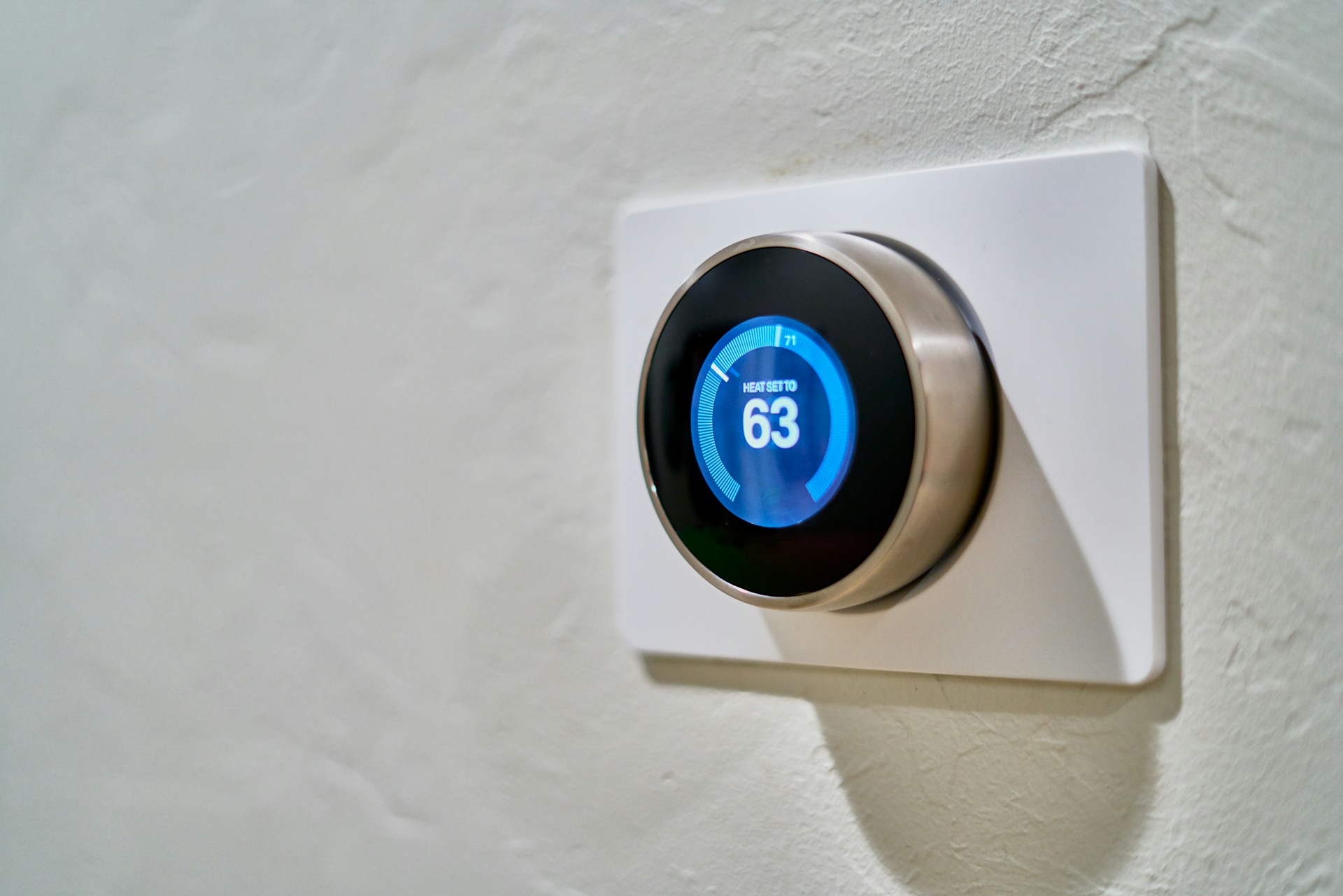

Question: How Do I Make My House a Smart House?
Answer: To make your house a smart house, start with smart home hubs like Amazon Echo or Google Home. Connect compatible devices like smart lights, thermostats, and security systems. Use apps to control everything and automate tasks.
Turning Your House into a Home of the Future: A Guide to Smart Home Technology
In today’s technologically driven world, the concept of a “smart home” is no longer a futuristic fantasy, but a reality within reach for many homeowners. The idea of controlling your appliances, lighting, and security systems with the tap of a screen or a simple voice command holds immense appeal, offering convenience, efficiency, and a touch of futuristic sophistication. But how do you actually make your house a smart house? This guide will walk you through the steps and considerations involved in transforming your home into a hub of smart technology.
The Benefits of Embracing Smart Home Technology
Before getting into the specifics of making your house smart, it’s important to understand the benefits that come with this transition. Smart home technology offers a range of advantages that can significantly enhance your daily life:
Enhanced Convenience:
Smart home devices allow you to control various aspects of your home remotely, from turning off lights to adjusting thermostats, all from your smartphone or tablet.Increased Energy Efficiency:
Smart thermostats and appliances can learn your habits and adjust energy consumption accordingly, resulting in significant energy savings.Enhanced Security:
Smart security systems offer real-time monitoring, remote access, and instant notifications, providing a greater sense of safety and peace of mind.Improved Accessibility:
Smart home technology can be particularly beneficial for individuals with disabilities, providing voice-activated controls and remote access to essential devices.Personalized Comfort:
Smart home systems allow you to customize your environment to suit your preferences, from adjusting lighting levels to creating personalized music playlists.
Click here for more information on how to find a realtor in Orangeville
Related Article: What are the Concerns of Smart Homes?
Related Article: What are the Pros and Cons of Smart Technology?
Building Your Smart Home Ecosystem: Choosing the Right Devices
The smart home market offers a diverse range of devices, each catering to specific needs and functionalities. It’s important to choose devices that are compatible with each other to create a cohesive ecosystem. Some popular categories of smart home devices include:
Smart Hubs:
These act as the central control point for your smart home network, connecting and managing all your devices.Smart Lighting:
Smart bulbs allow you to control your lighting remotely, adjust brightness, and set schedules for different moods and activities.Smart Thermostats:
These programmable thermostats learn your preferences and adjust temperatures to optimize energy efficiency and comfort.Smart Security Systems:
These systems offer remote monitoring, motion detection, and instant alerts, providing enhanced security and peace of mind.Smart Appliances:
Smart refrigerators, ovens, washing machines, and other appliances can be controlled remotely, monitored, and even preheated or scheduled for operation.Smart Speakers:
These voice-activated assistants allow you to control your smart home devices, access information, and enjoy entertainment features.
Connecting Your Devices: Building a Seamless Network
Once you’ve chosen your devices, you need to connect them to create a seamless network. This involves setting up a smart home hub and connecting each device to the network. Most devices use Wi-Fi connectivity, but some may require additional hardware like a Zigbee or Z-Wave bridge. It’s essential to follow the manufacturer’s instructions carefully for each device during the setup process.
Beyond the Basics: Exploring Advanced Smart Home Features
As you gain experience with smart home technology, you can explore more advanced features and functionalities. These can include:
Home Automation:
Creating complex routines and scenarios that automatically adjust various aspects of your home based on specific conditions or events.Remote Access:
Controlling your smart home devices from anywhere in the world using your smartphone or tablet.Voice Control:
Using voice commands to control devices and access information through smart speakers or other voice assistants.Smart Home Security Monitoring:
Receiving real-time alerts about security threats, including motion detection, door and window openings, and other potential vulnerabilities.
Troubleshooting and Maintenance: Ensuring Your Smart Home Runs Smoothly
Like any technology, smart home devices can occasionally encounter problems. It’s essential to understand how to troubleshoot common issues and maintain your smart home ecosystem for optimal performance. This may involve:
Checking Device Connections:
Ensuring that all devices are properly connected to your network and that Wi-Fi signals are strong.Updating Device Firmware:
Regularly updating firmware for each device to address bugs and improve performance.Troubleshooting Network Issues:
Diagnosing and resolving any issues with your Wi-Fi router or network connections.Contacting Support:
Seeking help from the device manufacturer or smart home hub provider for complex technical issues.
Privacy and Security: Protecting Your Data and Home
As smart home technology collects data about your habits and preferences, it’s crucial to consider privacy and security concerns. Here are some steps you can take to protect your data and home:
Use Strong Passwords:
Set strong passwords for your smart home hub and individual devices.Enable Two-Factor Authentication:
Add an extra layer of security by enabling two-factor authentication for your smart home accounts.Review Privacy Settings:
Understand the privacy settings of each device and adjust them to limit data sharing.Choose Reputable Brands:
Opt for devices from well-established brands known for their security practices and commitment to protecting user data.
Conclusion
By starting with a clear understanding of your goals, carefully choosing compatible devices, and embracing the evolving world of smart home technology, you can transform your home into a hub of convenience, efficiency, and futuristic sophistication. To prioritize privacy and security, and enjoy the benefits of a more connected, controlled, and comfortable home environment. [ 1 ]
References
1. https://www.wired.com/story/how-to-set-up-smart-home/


